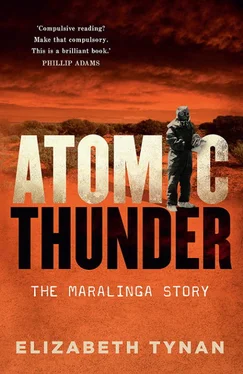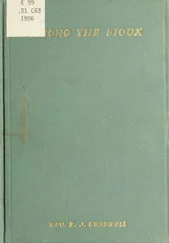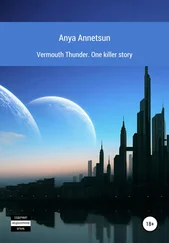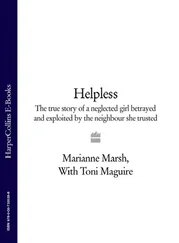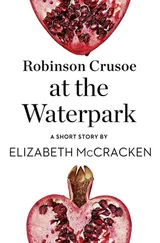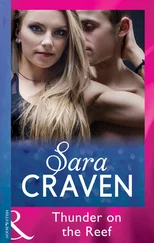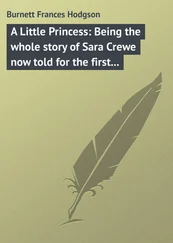Beale later admitted how he ‘boiled and fumed at what I regarded as an insult’, but he quickly became a strong public voice for the test program. Beale and his department provided the material for much of the media coverage of the tests until 1957. The scientists’ task, including that of Australian scientists, he wrote, was ‘to make sure that the tests were safely conducted, and it was my department’s task to give all required assistance and to keep the public informed. When it was announced that the test would take place, there was little public anxiety; indeed there was some pride that Australia was to participate in this historic event’.
Media coverage of Operation Hurricane in October 1952 was the first opportunity for the test authorities to interact with the Australian media, and they showed inherent caution in all their dealings. At a conference in 2006, counsel assisting the Royal Commission into the British Nuclear Tests, Peter McClellan (not to be confused with commission chair, James McClelland), told a story about the media releases connected with Operation Hurricane. He claimed that before Hurricane ‘three press releases were prepared. If the test was successful the announcement was straightforward – a glorious success. However, if it failed or partially failed an excuse had to be found. That excuse and the cables publishing it had been drafted long before Lord Penney gave the command to explode the bomb – and it would not have mattered if it reflected the real truth’.
Robust requests from media organisations for journalists to join the official party that witnessed the test were, after initial consideration, denied. Some media chose to circumvent the restrictions and set up their cameras at Mt Potter, 88 kilometres from the test site, from where they captured images of the explosion. These ran prominently in a number of newspapers – a clear sign that keeping the huge mushroom clouds out of the media was going to be impossible.
An editorial in the West Australian of 4 October 1952 was typical of the newspapers’ response at the time: ‘The real significance of the Monte Bello explosion lies at this moment… in the simple fact that it occurred. It gives the world the indisputable proof that Britain has the material, the skill and the installations for the independent production of atomic weapons and that she will yield the initiative to none’. It concluded that ‘the Monte Bello explosion reverberates with a vastly increased assurance of British Commonwealth power and defensive security’.
Hurricane was both a scientific and a propaganda success. Penney, suave and self-effacing, became a national hero and was knighted immediately. He was also given the green light to continue his test program in Australia. After Hurricane, Penney and his men departed the maritime environment for a place with even more challenges and difficulties – a remote South Australian desert site labelled Emu Field. This dot on the map was in the far northwestern reaches of the Woomera Prohibited Area that took up one-eighth of South Australia. The codename was Operation Totem. The main aim was to prepare a British atomic device for deployment aboard RAF V-bombers and to see if mass production using cheaper production methods was possible. The British had gathered a lot of data from Hurricane but did not yet have a compact and cost-effective bomb that could be dropped from a plane. Totem set out to fill the knowledge gaps.
The search for a mainland Australian site had begun before Hurricane. The Australian bushman and surveyor Len Beadell, who found the Emu Field site, was a noted raconteur and he loved to tell the story. He was way outback early in 1952 when he got an urgent call on his radio, a rare event. He was to return to Salisbury without delay; something big was afoot. Just getting to the Stuart Highway took him a week.
When I finally got back to Adelaide they locked me up in a little tiny office. And six people were glaring at me; they drew the blinds and soldered the keyholes over. The chief security officer started off the conversation in the most friendly way I had heard in a long time, merely because I hadn’t heard anyone for a long time. He said ‘what we are going to tell you now is known to these six people and nobody else, and if it gets outside this room it will be one of us and we will find you and it will be a nine year jail sentence’. And I thought to myself ‘I might even keep it to myself’. The chief scientist for the whole project [probably Alan Butement] carried on then and said ‘what we are going to tell you is that we are going to explode an atomic bomb in Australia and we want you to pick out a site.
Beadell was a natural choice. He had initially been employed by the Australian Government’s Long Range Weapons Establishment (LRWE) at Salisbury near Adelaide in 1946 and had spent a number of years out bush, surveying the enormous Woomera rocket range. As part of that project, he had established the ‘centreline’ – a 3900-kilometre corridor across the Great Victoria, Gibson and Sandy deserts that did not contain any cities or towns. It did, of course, cut right across Aboriginal lands, but shamefully that was not a priority to governments at the time, and it did not seem to ruffle Beadell’s laconic bushman persona either. Rockets were fired along the centreline for many hundreds of kilometres. Beadell said during a talk to a Rotary convention in 1991, ‘That centreline, although I didn’t know it at the time, was going to govern the whole of the future of Central Australia forever’.
It certainly governed the way both Emu Field and Maralinga were established. Both sites were to the southwest of the centreline, but Emu was much closer to it than Maralinga. Emu’s extreme remoteness meant that all supplies were brought in by air, and its closeness to the centreline interfered with Woomera guided missile tests. This meant that Emu was never suitable in the long term for atomic weapons tests. However, Beadell fulfilled his brief to find a remote location within the Woomera Prohibited Area with terrain suitable for both an airstrip and a weapons test area. The site was remote all right; it ended up being too remote for the long haul. Still, for the first mainland tests in Australia the AWRE wanted to be well out bush.
The dramatic announcement inside the claustrophobic room when Beadell was told about the bomb started a five-month search across 48 000 square kilometres of harsh territory.
I finally found, purely by accident, a clay pan, on the other side of a sandhill. I went over the sandhill and there was this clay pan, a mile long, half a mile wide. One glance told me that you could land any weight aircraft we had at the time without any preparation – a perfect natural runway in the wilderness. I called this my base and I searched out in all directions in a radius of about 100 miles from this trying to find an area free of sandhills and mulga scrub, an atomic bomb site… would be some place where you could move about without having to climb up over sandhills and push through thick scrub. You’d need plenty of room for instrumentation to record the results from the bomb itself, a place where you would put a tent camp for people to live in, and you certainly wouldn’t want solid mulga and sandhills. So one of the directions 40 miles away I did find somewhere where the sandhills diminished and disappeared, the mulga scrub thinned out to open saltbush paddocks and in-between were little clumps of mulga and I thought ‘this is a perfect site for a bomb’.
The site chosen by Beadell was given the surveyors’ designation of X200. It had to be approved by Penney, who saw it in September 1952, on his way to Operation Hurricane. Beadell was slightly awestruck by Penney, while still pulling his leg at every opportunity:
Читать дальше
